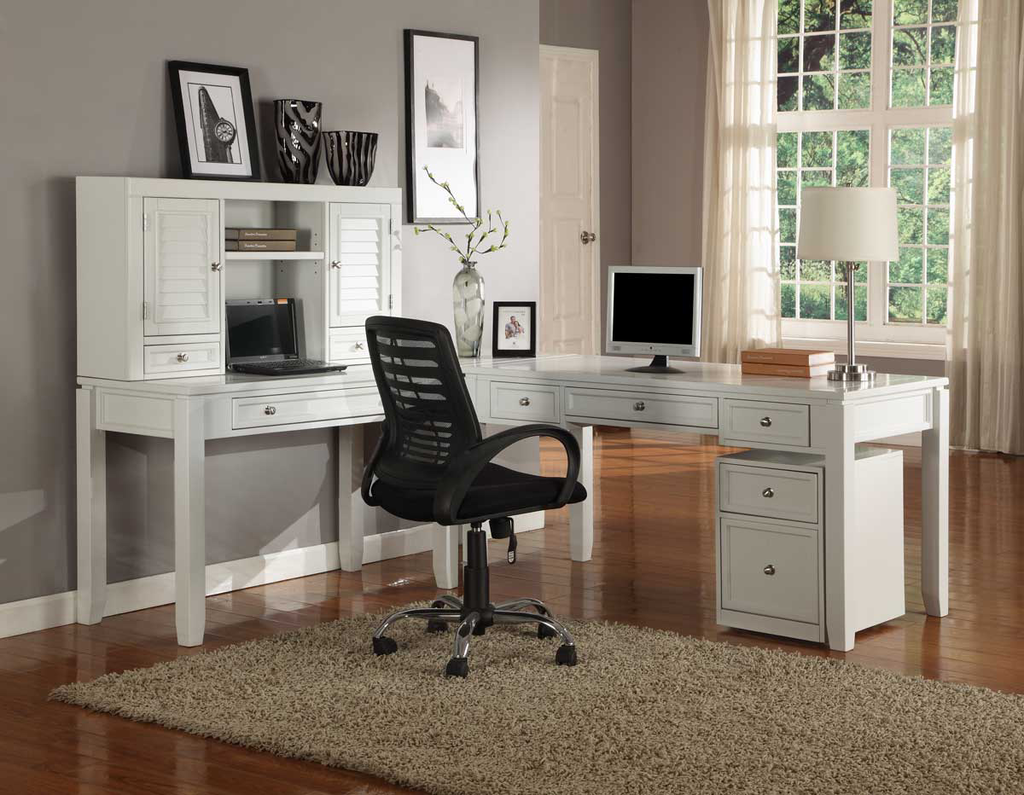Home Office Deductions: The “Hard” Way Versus the “Easy” Way
As a general rule, you may write off the direct expenses of the home office (e.g., painting and carpeting a room) as well as a proportionate share of indirect expenses, such as mortgage interest and real estate taxes, utilities, insurance and repairs ...
Aug. 23, 2017

Undoubtedly, more of your clients are “going into business” for themselves, from do-it-yourselfers to participants in the sharing economy. If they don’t have another business location, they may be eligible for home office deductions. To qualify, you must use the office space regularly and exclusively as your principal place of business or as a place to meet or deal with customers, clients or patients in the normal course of business.
Other special rules may apply. For instance, if you’re an employee of a company, you must also work from home for the “convenience” of your employer (i.e., this requirement is specified in your employment contract).
Assuming a taxpayer clears these hurdles, the home office deduction can offset highly-taxed income from a business. There are two ways to deduct expenses: The actual expense method or the newer simplified option. Which method should your clients use? Each has its advantages and disadvantages.
1. Actual expense method:
As a general rule, you may write off the direct expenses of the home office (e.g., painting and carpeting a room) as well as a proportionate share of indirect expenses, such as mortgage interest and real estate taxes, utilities, insurance and repairs, based on the business use percentage of the home. (Note that mortgage interest and real estate taxes are personally deductible in any event.) Also, you can claim a sizeable depreciation or rent deduction for the part of the home used for business purpose. The total deduction could be worth thousands of tax dollars.
On the downside, when you sell the home, you must recapture the depreciation tax benefits claimed in prior years. This can be an unpleasant tax surprise for some clients.
But the main negative for clients is that you have to keep detailed records and back them up with supporting documentation. For instance, when you claim a proportionate share of utility expenses, you must keep records of all your monthly gas and electric payments. It can be a hassle.
2. Simplified method:
Beginning with 2013 returns, the IRS authorized a simplified method for computing home office deductions. All you have to do is write off $5 for every square foot of your home office up to a maximum of 300 square feet. Thus, the deduction for many clients will be a flat $1,500 – no fuss, no muss.
The obvious advantage is that you don’t have to keep all the records required for the actual expense method. The main drawback to this simplified method is that you might be in line for a bigger deduction by tracking all your expenses. How much bigger? That depends.
Let’s say a self-employed client operates a business out of a 3,000 square-foot home. The client uses a 300 square-foot bedroom, or 10 percent of the home, as an office. For simplicity, we’ll assume the client has $1,600 in direct home office expenses, is in line for a $400 depreciation allowance and incurs $10,000 in indirect expenses during the year (disregarding mortgage interest and real estate taxes).
On these facts, the actual expense method yields a total deduction of $3,000 ($1,600 + $400 + 10 percent of $10,000) – double the amount of the simplified deduction. Assuming the client has the records to support the claims, using the actual expense method is strongly recommended.
In other cases, the decision isn’t as clear-cut. Obtain the basic facts from your clients to estimate the difference. It may make sense to work things out both ways before the simplified method is elected on a return.
